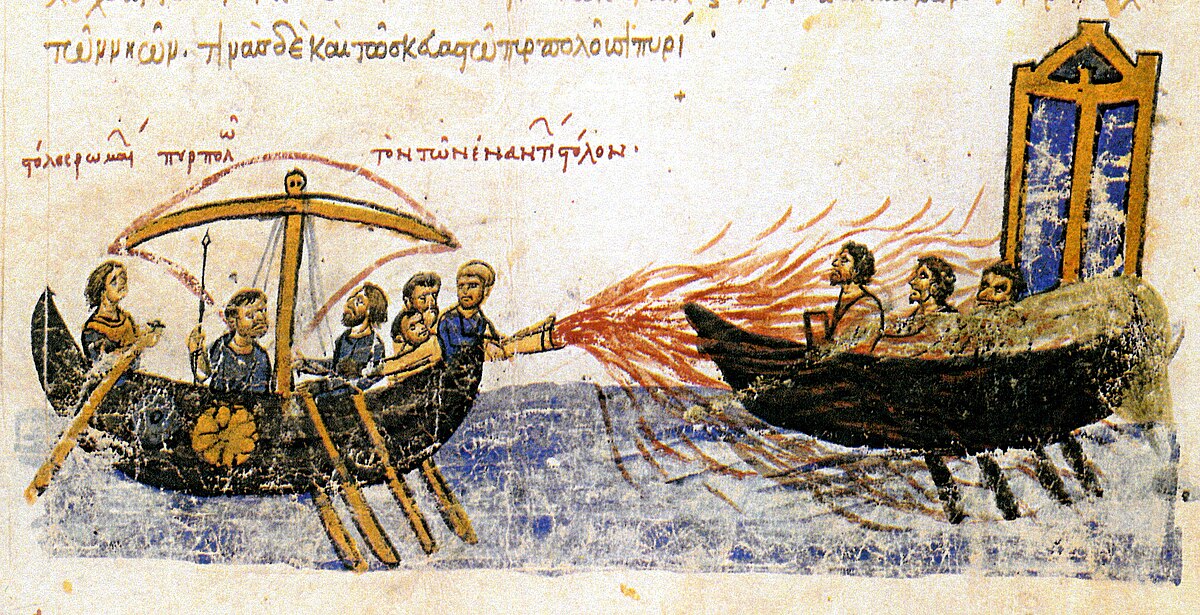"Many other Ragusans studied elsewhere in Italy and even in Paris, and their contribution to Dubrovnik’s culture was certainly quite substantial.
Some of these people became prominent not only in Dubrovnik but in the Western world as well. Three among them deserve special mention: Ivan Stojković, Ivan Gazul, and Benko Kotruljević. All were born about 1400. Ivan Stojković (Johannes de Staiis), son of a poor shoemaker, became a Dominican friar and was sent on a government scholarship to Paris to study at the Sorbonne. His performance was excellent, and he managed to ascend rapidly in the ecclesiastical ranks. Having become first an important figure at the papal court at Rome, he later played one of the leading roles in the Basle Council and also greatly helped the Ragusans in obtaining the concession for navigation to Egypt and Syria (see Chapter II).
As envoy of the Basle Council, Stojković traveled to Constantinople to seek the union of the Eastern and the Western churches. He was certainly picked for this job because of his knowledge of the Slavic language and of the Balkan situation. Stojković profited by his two-year stay in Constantinople by having theological and classical Greek works copied for him which he carried back to Basle. In Constantinople, Stojković had discussions with Patriarch Joseph II, a Bulgarian by origin, with whom he spoke Slavic. The Ragusan government profited by Stojković’s stay in the Byzantine capital and asked him to intervene with Emperor John VIII to obtain commercial privileges for Dubrovnik."
- Dubrovnik in the 14th and 15th centuries: A City Between East and West, By Bariša Krekić
Some of these people became prominent not only in Dubrovnik but in the Western world as well. Three among them deserve special mention: Ivan Stojković, Ivan Gazul, and Benko Kotruljević. All were born about 1400. Ivan Stojković (Johannes de Staiis), son of a poor shoemaker, became a Dominican friar and was sent on a government scholarship to Paris to study at the Sorbonne. His performance was excellent, and he managed to ascend rapidly in the ecclesiastical ranks. Having become first an important figure at the papal court at Rome, he later played one of the leading roles in the Basle Council and also greatly helped the Ragusans in obtaining the concession for navigation to Egypt and Syria (see Chapter II).
As envoy of the Basle Council, Stojković traveled to Constantinople to seek the union of the Eastern and the Western churches. He was certainly picked for this job because of his knowledge of the Slavic language and of the Balkan situation. Stojković profited by his two-year stay in Constantinople by having theological and classical Greek works copied for him which he carried back to Basle. In Constantinople, Stojković had discussions with Patriarch Joseph II, a Bulgarian by origin, with whom he spoke Slavic. The Ragusan government profited by Stojković’s stay in the Byzantine capital and asked him to intervene with Emperor John VIII to obtain commercial privileges for Dubrovnik."
- Dubrovnik in the 14th and 15th centuries: A City Between East and West, By Bariša Krekić






Comment